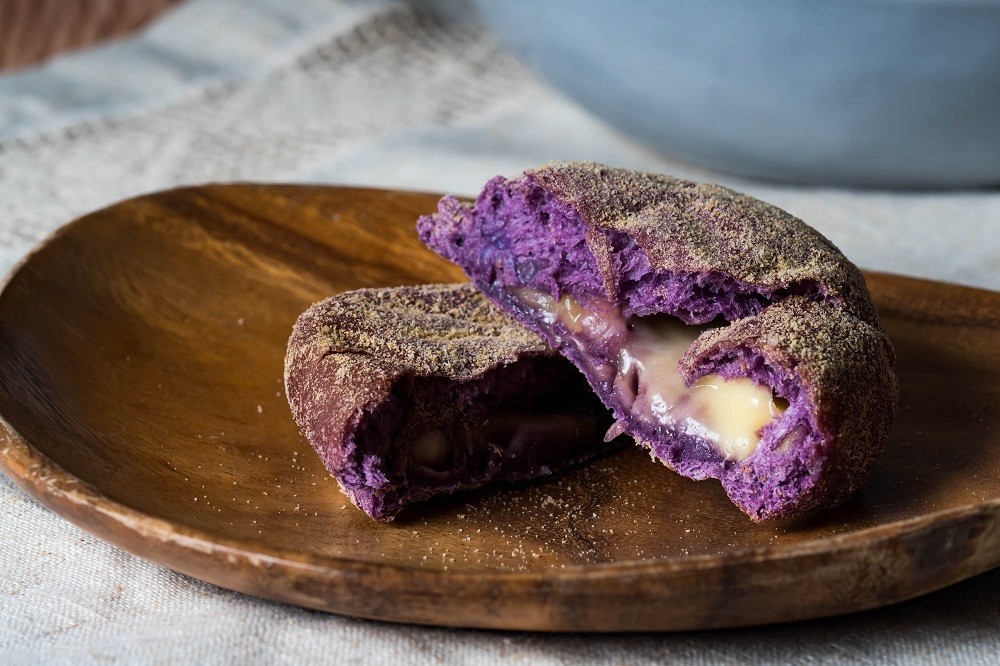Filipino delicacies are too complex to be described by words alone. It’s sweet and salty with a hint of sourness, yet it doesn’t leave a lingering aftertaste from spices like any other Asian cuisine. The taste profile of traditional Filipino food can surprise non-locals, but for Pinoys, it reminds them of heartfelt moments with family.
“Can we ever really tire of our native food, of the dishes that we ate as children, which formed our tastes and our idea of good food? Perhaps not, but this does not mean that we cannot make any changes in them – experiment, invent, create,” writes esteemed cultural historian Doreen G. Fernandez in Tikim about breathing new life onto Filipino delicacies.
A more appropriate perspective is to consider traditional Filipino food as a launching pad for more creative pursuits. From the ubiquitous Chicken Adobo to the Filipino breakfast food of Silogs, a multitude of innovative culinary offerings can come. At the heart of this is the position of Filipino delicacies as a prime mover in fusion cuisine.

Understanding Traditional Filipino Food
Before any discussions on modern or innovative variations on food can be considered, it is vital to regard Filipino delicacies as the original fusion food. Even before the term became a buzzword in the industry, fusion food had already been applied to Filipino food. Filipino cuisine is the original Asian fusion before Asian fusion became big.
This can be traced to the country’s history as a melting pot of numerous cultures brought in through colonization efforts. Numerous Filipino delicacies can find roots in Chinese, Malay, Spanish, American, Portuguese, and Japanese food cultures.
The Filipinos’ affinity for Pancit Canton is an influence of the Chinese, who mainly arrived in the country for trade. Other Chinese influences on Filipino delicacies include various egg rolls, lumpia, and dumplings. Malay influence is found in dishes like Kare-kare and pinakbet. It is also felt in food practices in Mindanao, including the process of cooking Satays and Rendangs.
The Spanish have a significant impact on local cuisine, ranging from cooking techniques to pantry staples. Typical cooking methods such as gisa (saute), sangkutsa (pre-cook), prito (fry), and inasal (grill) are derived from Spanish terms. Lechon, Longganisa, Caldereta, Embutido, and Cocido, all considered Filipino dishes for dinner, have Spanish roots. Even sweet treats such as Ensaimada and Leche Flan can be traced to the Spanish food culture.
The Americans brought in hotdogs and other processed and canned food. Halo-halo has been noted to may have come from Japanese influence. Bibingka, on the other hand, may have Portuguese roots. The use of annatto and bay leaves came via Mexico. Atchara, a popular pickled side dish, can be considered a close relative of the German sauerkraut.

Paving the Way for Innovation
All these prove that Filipino delicacies are a fusion of numerous food cultures from all around the globe. And in turn, the same fusion of Filipino food has wowed the world and received nods and admiration from even the most discerning of appetites.
This status of Filipino delicacies as a hybrid of various other cuisines signals the possibilities for innovations. There is space to play. There is leeway for new executions.
In different parts of the world, this has been exhibited by Filipino-led kitchens peddling Filipino fusion cuisines. The popularity of ube easily comes up. It has been utilized in various culinary adaptations, ranging from breakfast dishes and beverages to various sweet treats and even savory offerings.
Sisig is another popular Filipino dish making waves all over. It has been stuffed into tacos and burritos and peddled in food trucks. But it doesn’t stop at just local ingredients and popular dishes. Combining traditional and modern cooking techniques is another way Filipino fusion is created.

Navigating Through Asian Territories
Moving the spotlight to Asia, there can be no denying Filipino delicacies are paving the way for more and more Asian fusion dishes. Dumplings are stuffed with Sisig, and Xiao Long Bao has been made to feature the satisfying soup of Nilaga, Sinigang, and Tinola. Even the Japanese ramen has served as the base for popular Filipino dishes like Binagoongan and Kaldereta. Simple ingredient swaps also give other Asian dishes a Filipino flavor, such as in-demand Korean fried chicken coated with sweetish oyster sauce. These are unlikely fusion dishes, but they work by favoring a balance between techniques, flavors, and textures.
Rice is an everyday staple among all Asian countries. And the many variations that rice is served can also be infused with Filipino touches. Malaysian Nasi Lemak or Indonesian Nasi Goreng can be prepared with chicken adobo flakes, Korean kimbap or Bibimbap can be made with Filipino breakfast food Tapa. Meanwhile, Thai bagoong rice can be topped with tocino, and Japanese sushi can be filled with daing na bangus or tuyo flakes. Even the humble Chinese fried rice can get a Filipino flavor with crumbled Longganisa, a splash of oyster sauce, and a sprinkling of fried garlic.
For those who would like to try their hand at fusing Filipino flavors into Asian dishes, caution must be kept to avoid coming up with just another trendy dish. A proper understanding of the foundation of Filipino delicacies as an inherent fusion food is needed from the beginning. And when introducing unknown flavors to a specific clientele, work on the Filipino flavors slowly to not scare them away. But rest assured that the inclusivity and versatility of Filipino food will always prevail.
Eager to let the world know about the possibilities waiting for Filipino delicacies and Asian fusion dishes? Share this article with your colleagues today. Get started with Filipino-inspired fusion dishes such as Sinigang Paella, Beef Tapa Banh Mi, and Salmon Aburi with Miso Tamarind Broth by using Knorr Sinigang Sa Sampaloc Mix to achieve that sour Sinigang base in only 5 minutes.
What you'll get:
- Access to free Chef trainings
- The best recipes and tips from Chefs around the world
- The latest culinary trends
